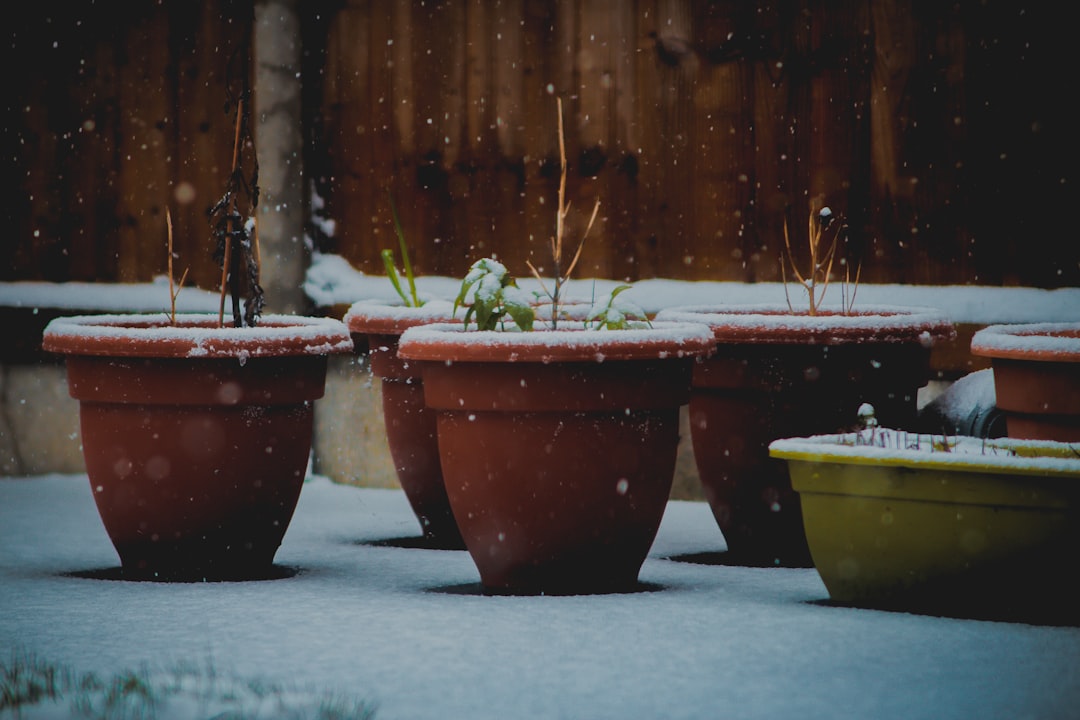
As the chill of winter approaches, it's crucial to give your lawn the proper care it needs to survive the freezing temperatures and emerge lush and green come spring. One of the most important steps in this process is providing your lawn with a nutrient boost before the cold weather sets in. This article will guide you through how and when to perform this essential task for optimal lawn health.
First, let's understand why a pre - winter nutrient boost is so important. During the winter months, the grass goes into a dormant state. However, it still needs nutrients to maintain its root system and overall health. A well - nourished lawn is more resistant to cold damage, diseases, and pests. When you provide the right nutrients at the right time, you're setting the stage for a vibrant lawn in the next growing season.
When it comes to the timing of this nutrient boost, it's all about the temperature. You should aim to fertilize your lawn when the soil temperature is still relatively warm, usually around 50 - 60 degrees Fahrenheit. This typically occurs a few weeks before the first hard frost. In most regions, this means fertilizing in late fall. You can use a soil thermometer to accurately measure the soil temperature. If you fertilize too early, the grass may continue to grow actively, and new growth is more susceptible to cold damage. Fertilizing too late may not allow the grass to absorb the nutrients before the ground freezes.
Now, let's talk about the type of fertilizer to use. A slow - release fertilizer is highly recommended for pre - winter lawn care. Slow - release fertilizers gradually release nutrients over an extended period, providing a steady supply of nourishment to the grass roots. Look for a fertilizer with a high potassium content. Potassium helps the grass build a strong root system and increases its cold tolerance. It also plays a role in enhancing the grass's ability to withstand stress, such as drought and disease.
Before applying the fertilizer, it's a good idea to mow your lawn. Set your mower blades a bit higher than usual, leaving the grass about 2 - 3 inches tall. This length provides enough surface area for the grass to absorb sunlight during the shorter days of winter. After mowing, remove any debris, such as leaves and twigs, from the lawn. This ensures that the fertilizer can reach the soil directly and be absorbed by the grass roots.
When applying the fertilizer, follow the instructions on the package carefully. Use a spreader to ensure an even distribution. Walk at a steady pace across the lawn, making sure to cover the entire area. After spreading the fertilizer, water the lawn lightly. This helps to activate the fertilizer and allows the nutrients to penetrate the soil. However, don't over - water, as this can lead to waterlogging and other problems.
In addition to fertilizing, you can also consider aerating your lawn in the fall. Aeration involves creating small holes in the soil to allow air, water, and nutrients to reach the grass roots more easily. This is especially beneficial if your lawn has compacted soil. You can use a manual or mechanical aerator to perform this task. Aerating your lawn before applying the fertilizer can significantly improve the grass's ability to absorb the nutrients.
Another aspect of fall lawn care is overseeding. If your lawn has thin or bare patches, overseeding can help fill them in. Choose a grass seed variety that is suitable for your climate and the type of grass already in your lawn. Spread the seed evenly over the lawn, and then lightly rake it into the soil. Water the area regularly to keep the soil moist until the new grass seeds germinate.
By following these steps for giving your lawn a nutrient boost before freezing weather arrives, you're taking proactive measures to ensure a healthy and beautiful yard. Remember, proper lawn care in the fall sets the foundation for a thriving lawn in the spring and summer. So, don't neglect this important aspect of yard maintenance and enjoy a lush, green lawn year after year.
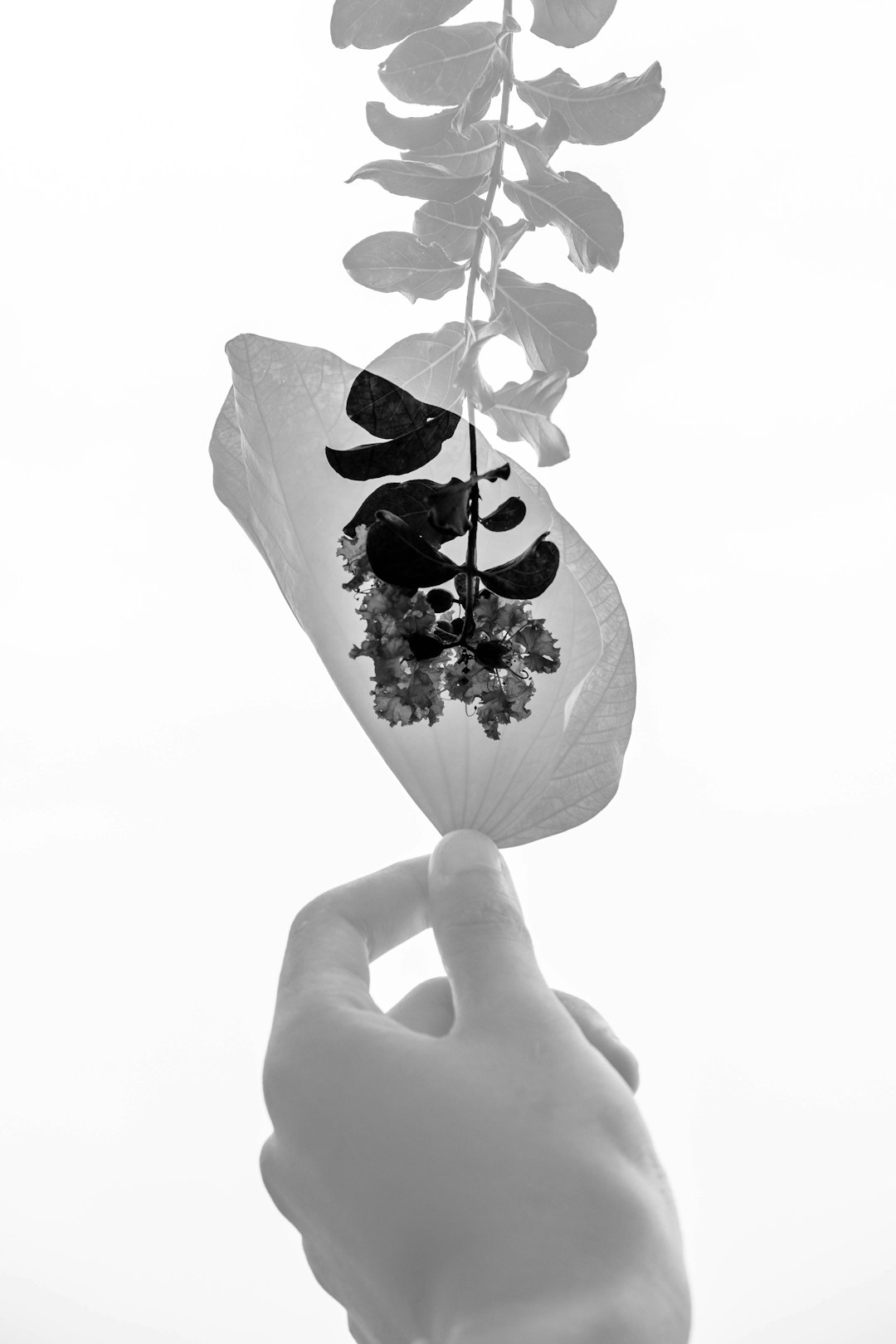
The Secret to Squirrel - Free Potted Plants
The Secret to Squirrel - Free Potted Plants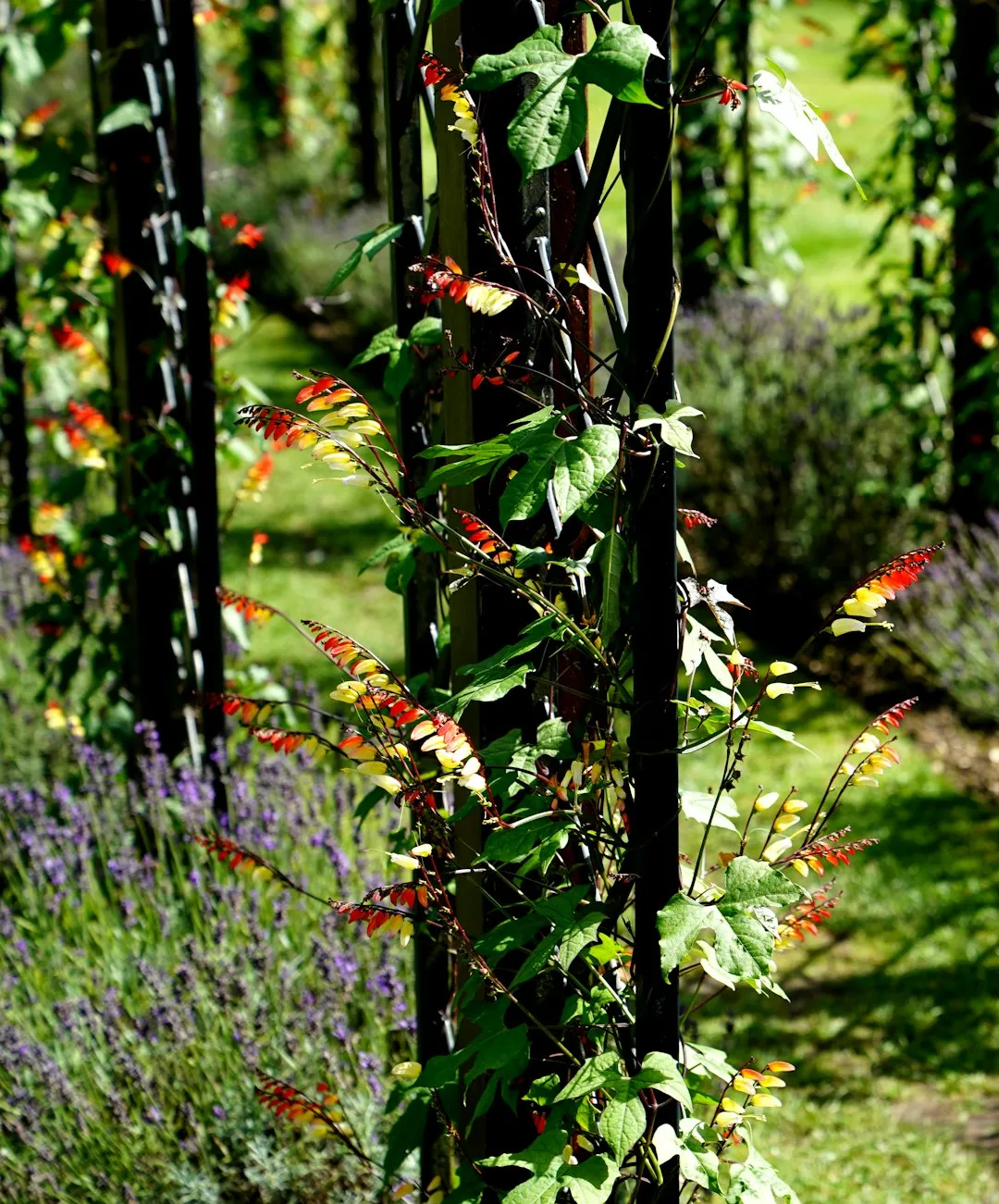
Sweet Rewards: Cultivating Berries in Containers
Sweet Rewards: Cultivating Berries in Containers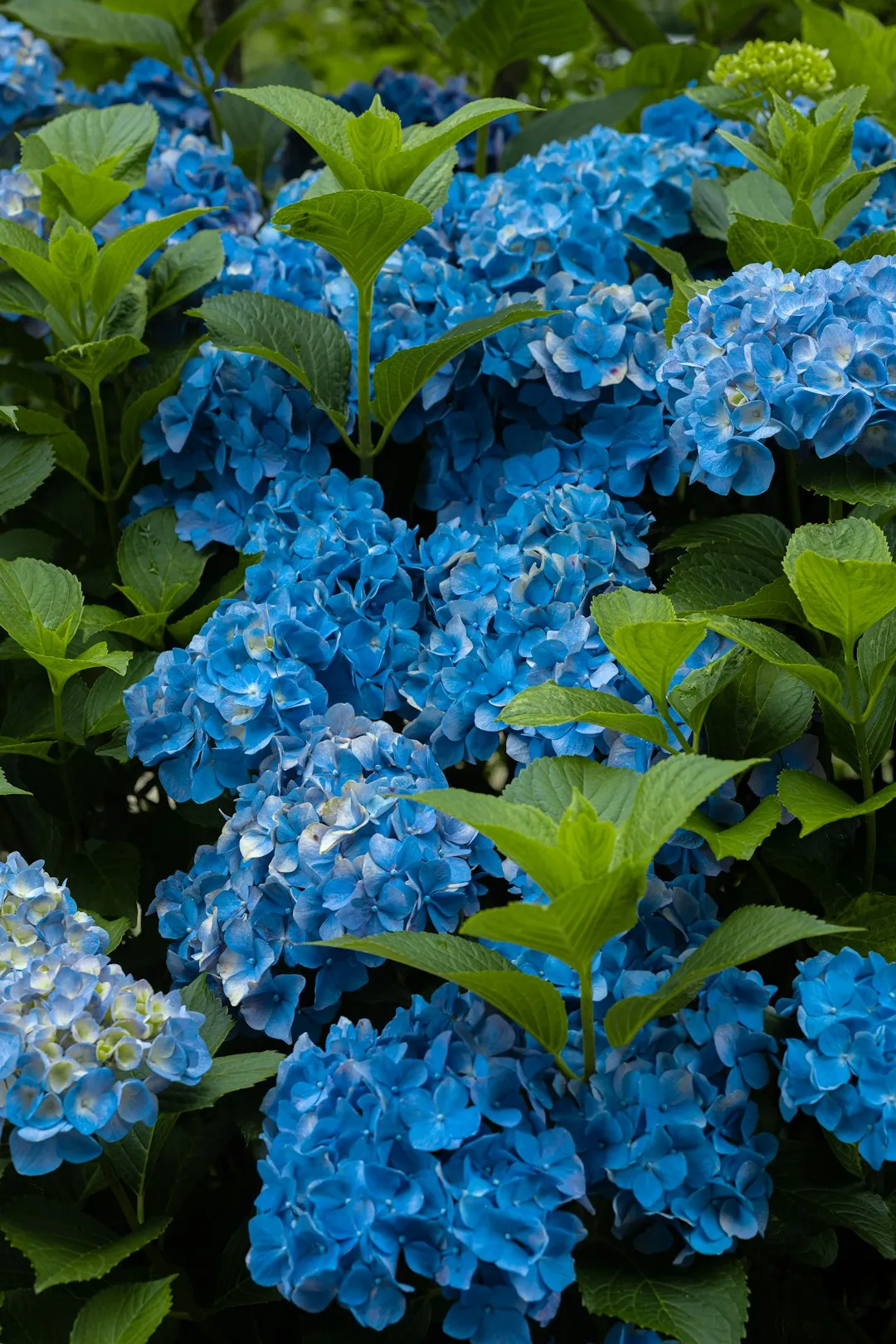
Unveiling the Secrets of a Stunning Lawn
Unveiling the Secrets of a Stunning Lawn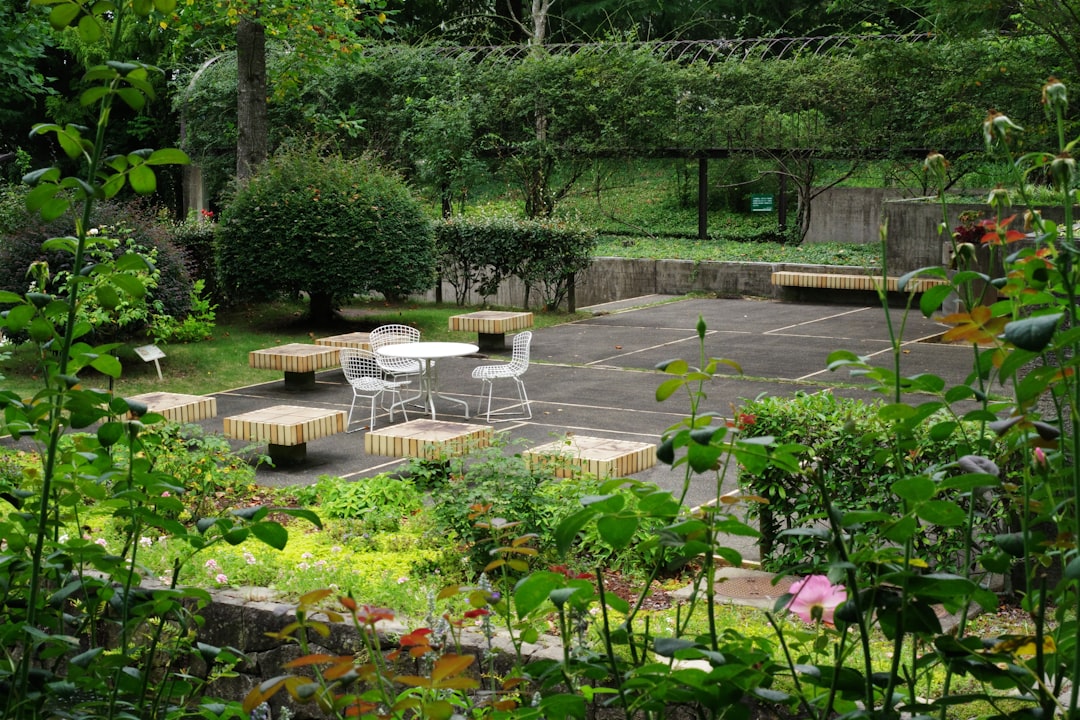
Fall Lawn Maintenance: The Key to a Healthy Yard in Winter
Fall Lawn Maintenance: The Key to a Healthy Yard in Winter
The Secret to Soil Amendment Without Uprooting Your Plants
The Secret to Soil Amendment Without Uprooting Your Plants
Unleash Your Garden's Potential: The Art of Seed Collection
Unleash Your Garden's Potential: The Art of Seed Collection
Pre - Summer Yard Care Essentials
Pre - Summer Yard Care Essentials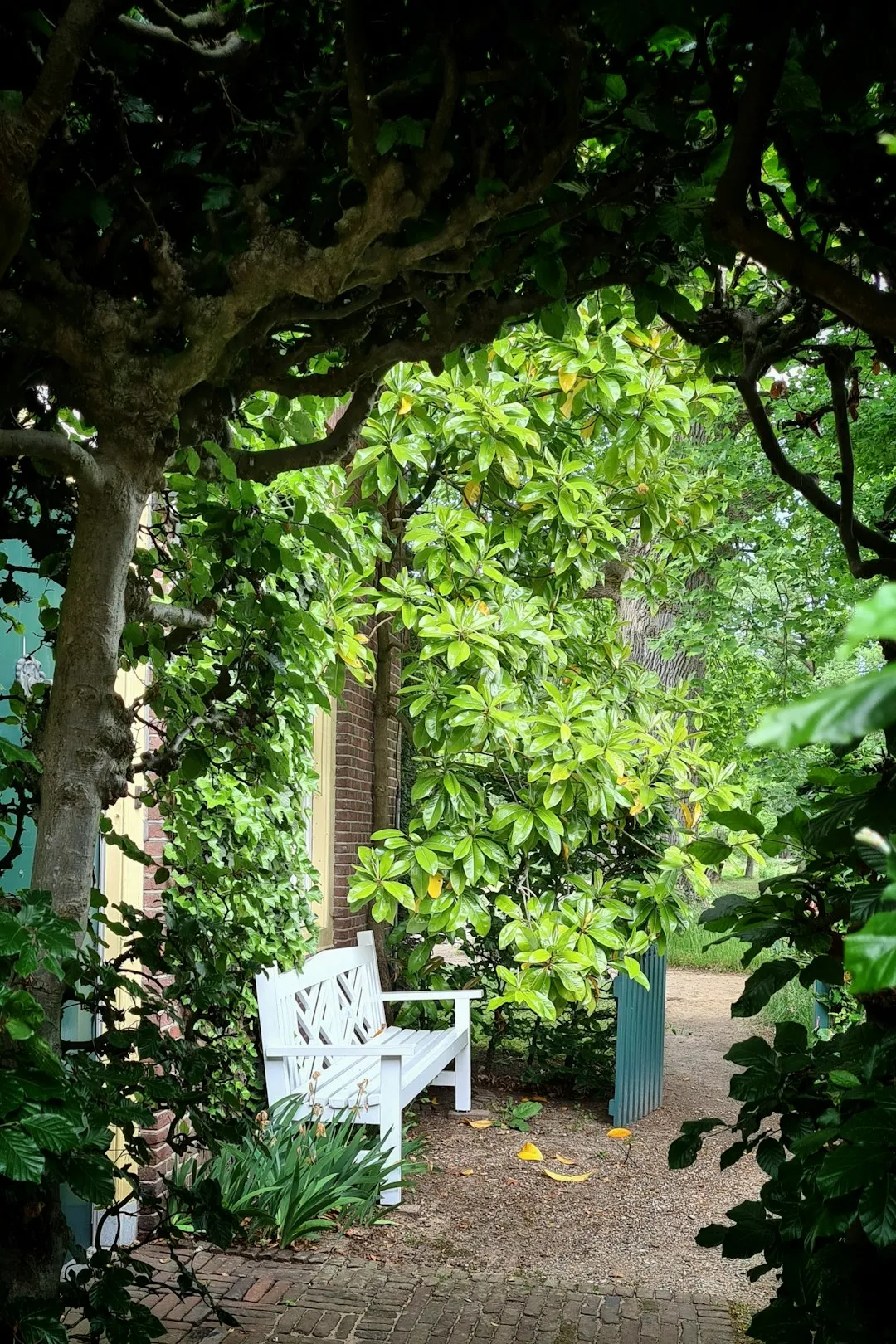
Weathering the Storm: Nurturing Your Garden in Extreme Conditions
Weathering the Storm: Nurturing Your Garden in Extreme Conditions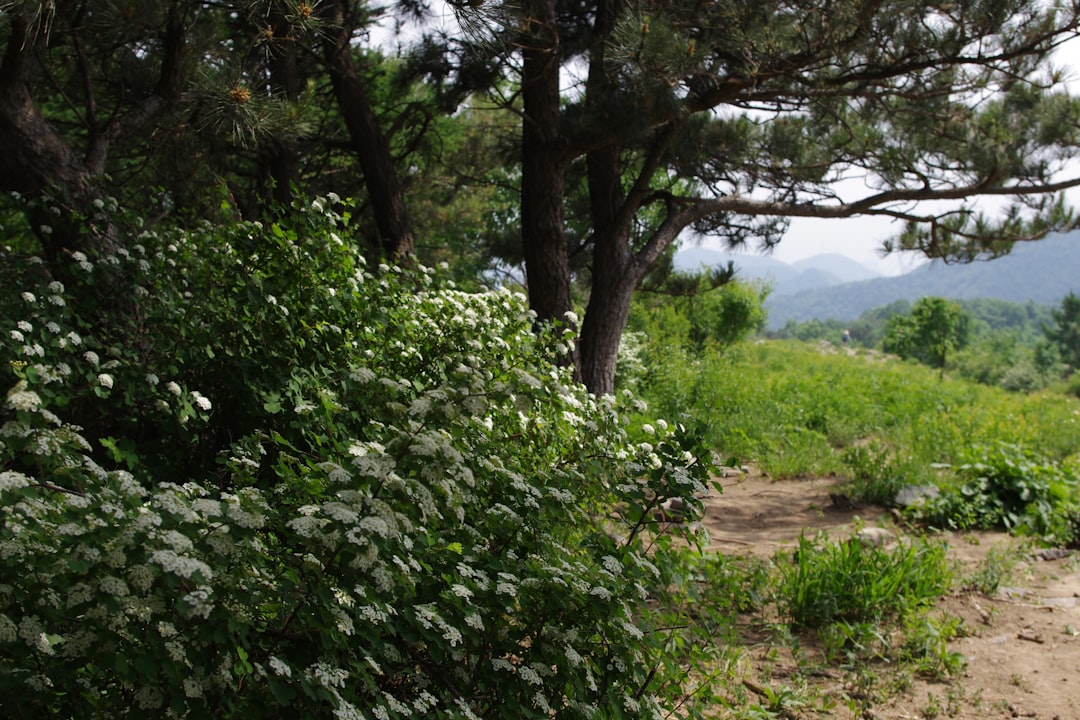
Summer Pruning: The 10 Flowering Plants to Leave Alone
Summer Pruning: The 10 Flowering Plants to Leave Alone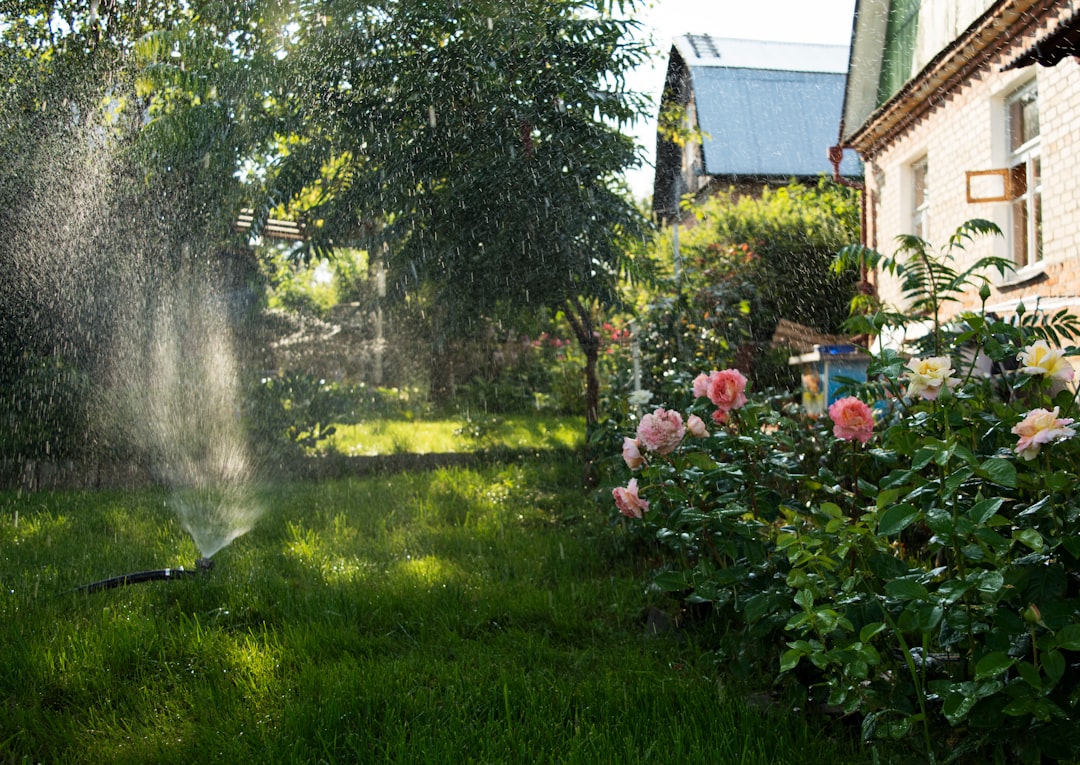
Unveiling the Hidden Gems of Perennial Gardening
Unveiling the Hidden Gems of Perennial Gardening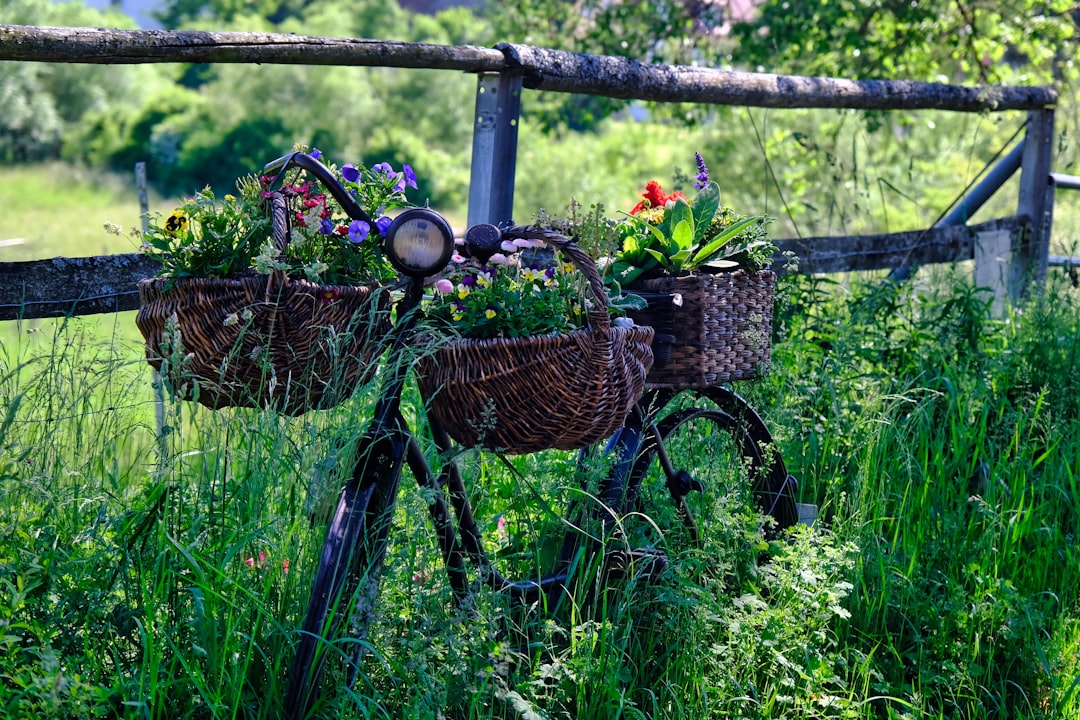
Unleashing the Beauty of Perennial Black - Eyed Susans in Your Garden
Unleashing the Beauty of Perennial Black - Eyed Susans in Your Garden
Unveiling the Secrets of Trillium Growth
Unveiling the Secrets of Trillium Growth
The All - Season Charm of Sedum Plants
The All - Season Charm of Sedum Plants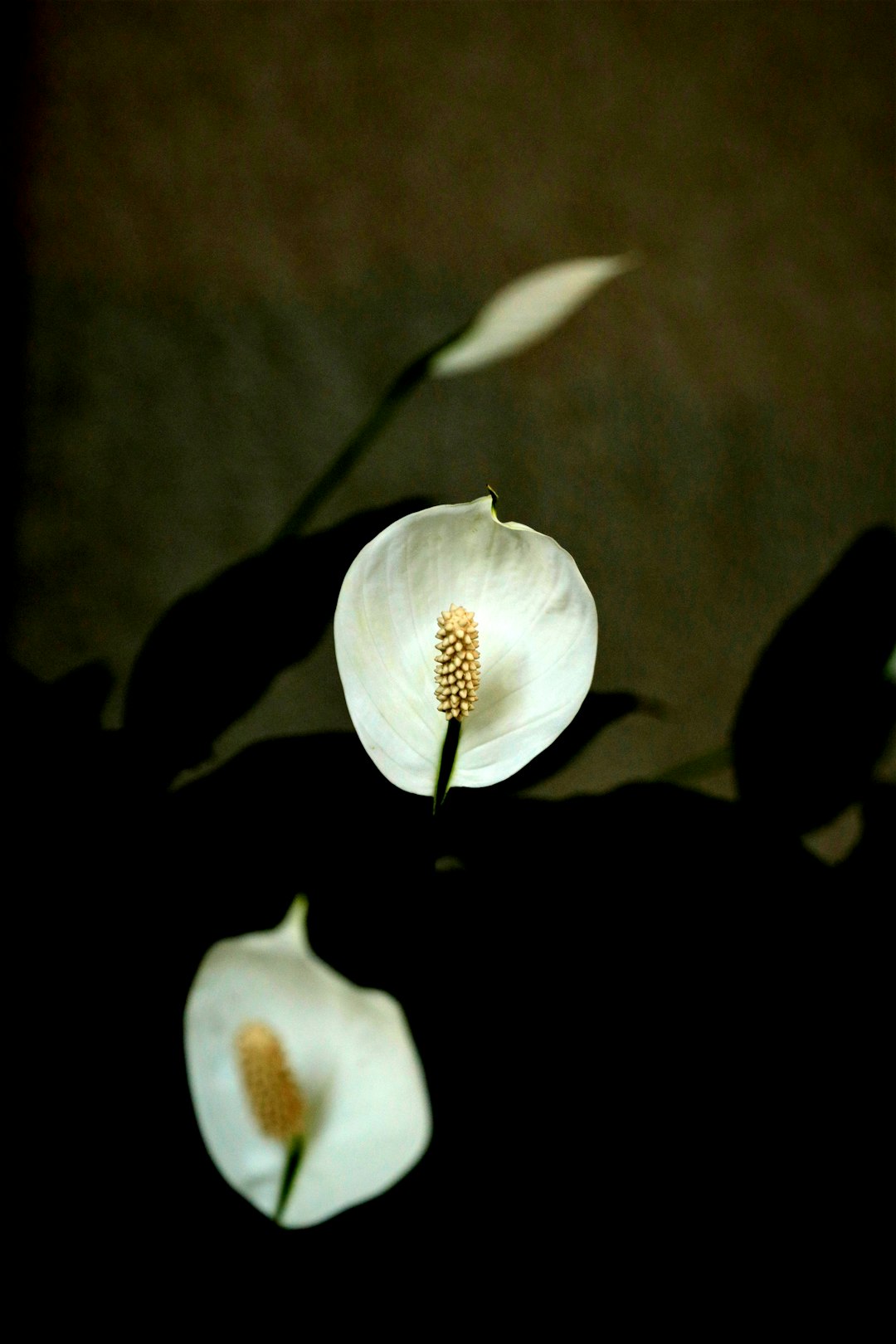
Banishing Snakes from Your Yard: Simple Solutions
Banishing Snakes from Your Yard: Simple Solutions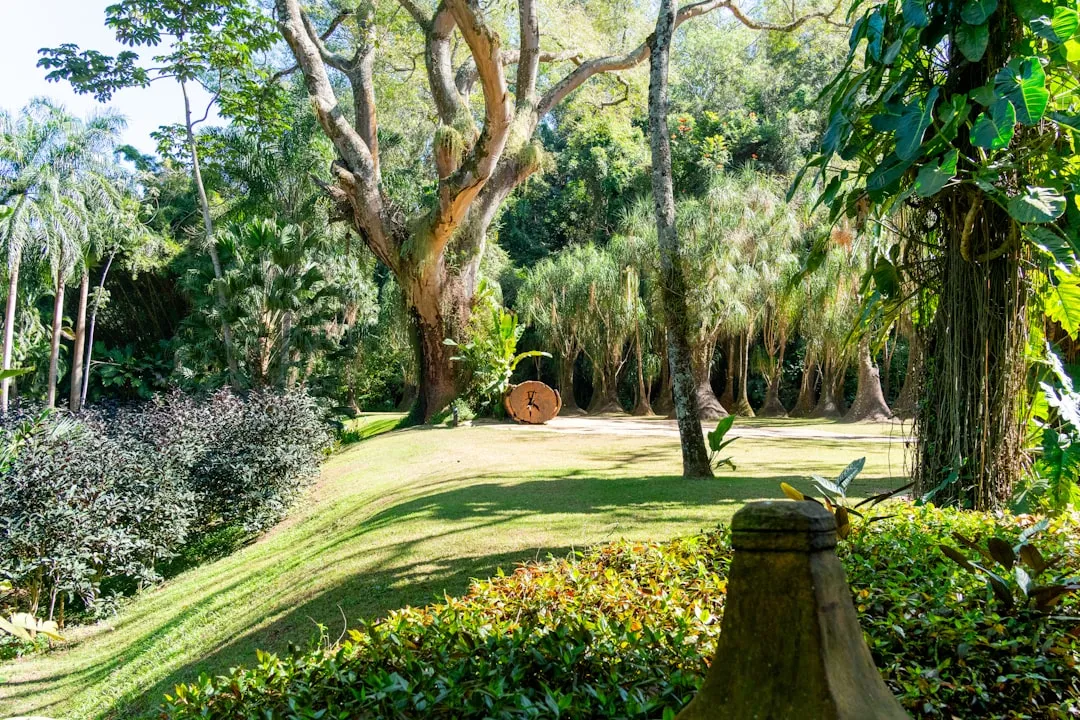
Secrets to a Bug - Free Garden: Conquering Squash Bugs Naturally
Secrets to a Bug - Free Garden: Conquering Squash Bugs Naturally
Transform Your Yard: Banish Crabgrass for Good
Transform Your Yard: Banish Crabgrass for Good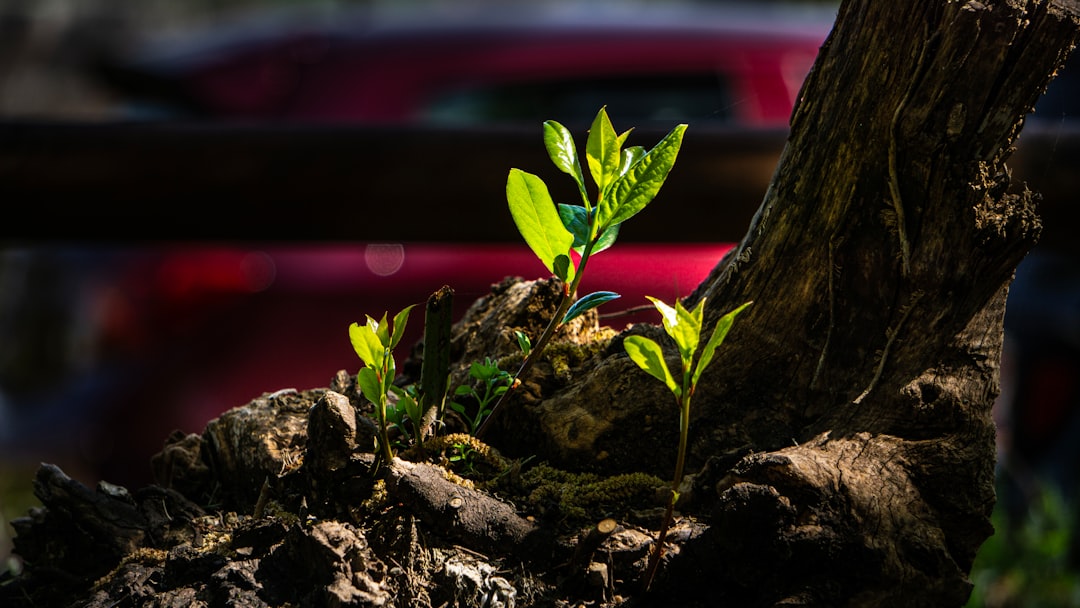
Unveiling the Wonders of a Low - Sun Garden
Unveiling the Wonders of a Low - Sun Garden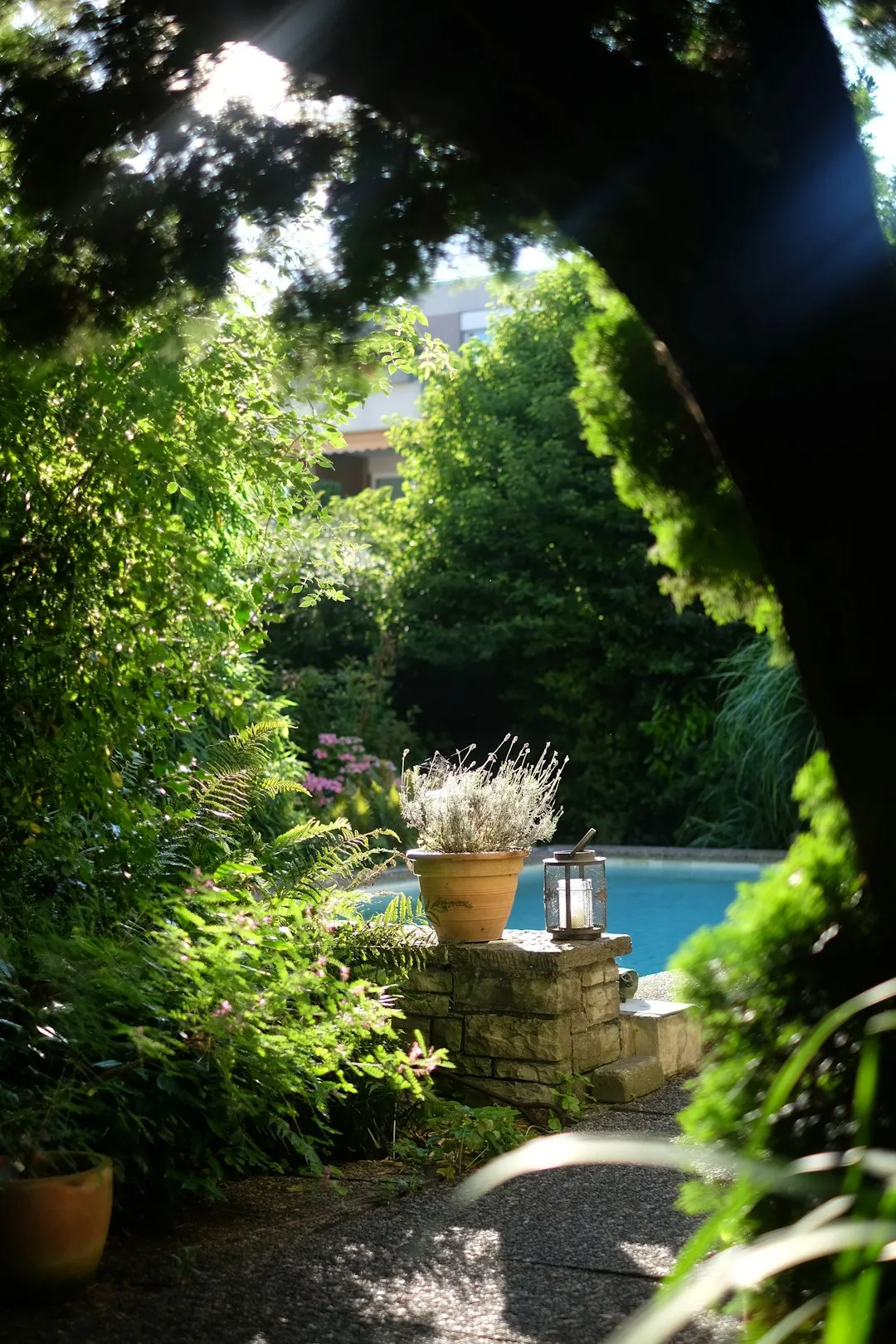
Unleash Your Garden's Potential: The Magic of Lasagna Gardening
Unleash Your Garden's Potential: The Magic of Lasagna Gardening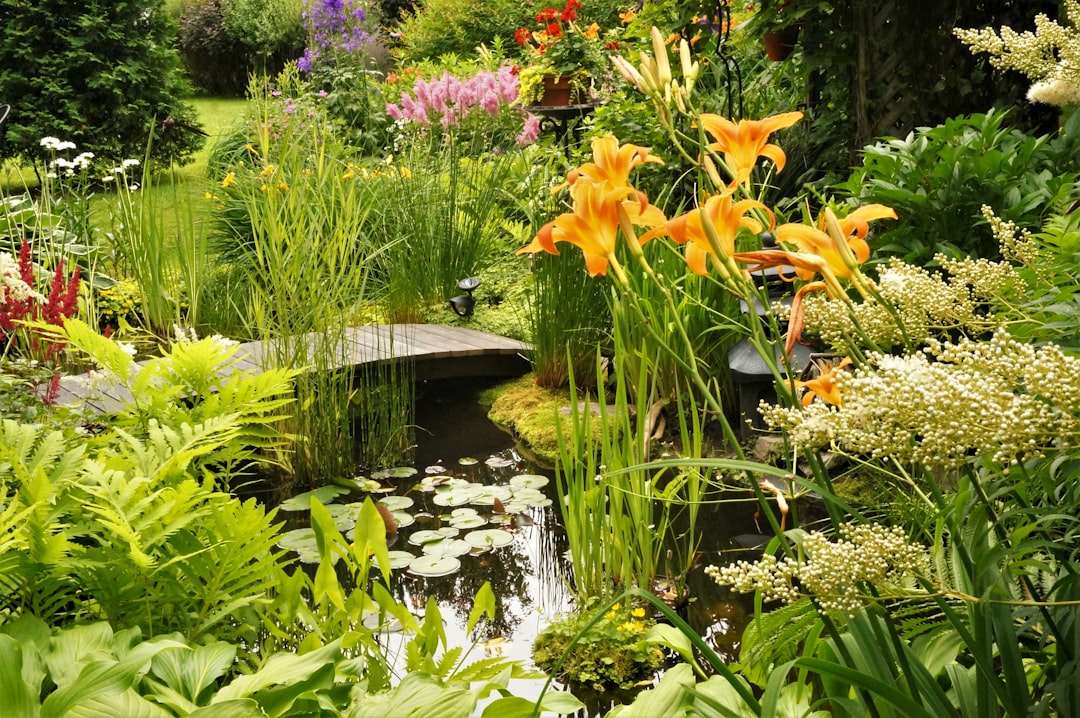
Unveiling the Mysteries of Lunar Gardening
Unveiling the Mysteries of Lunar Gardening
Unleash Your Inner Herbalist: A Guide to Indoor Herb Gardening
Unleash Your Inner Herbalist: A Guide to Indoor Herb Gardening